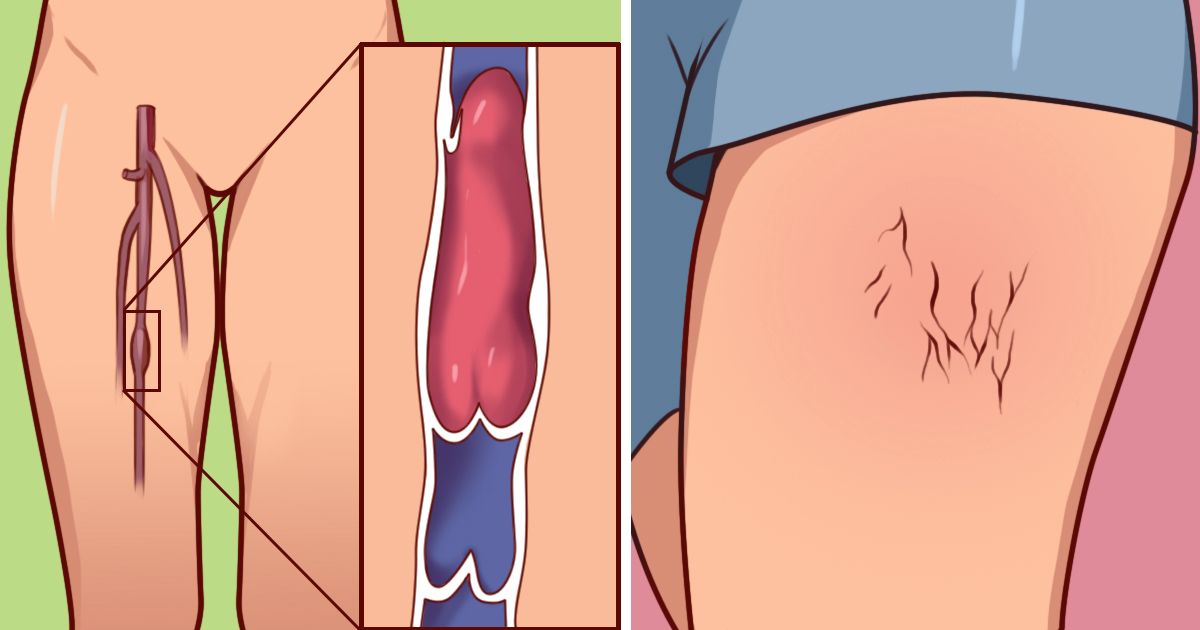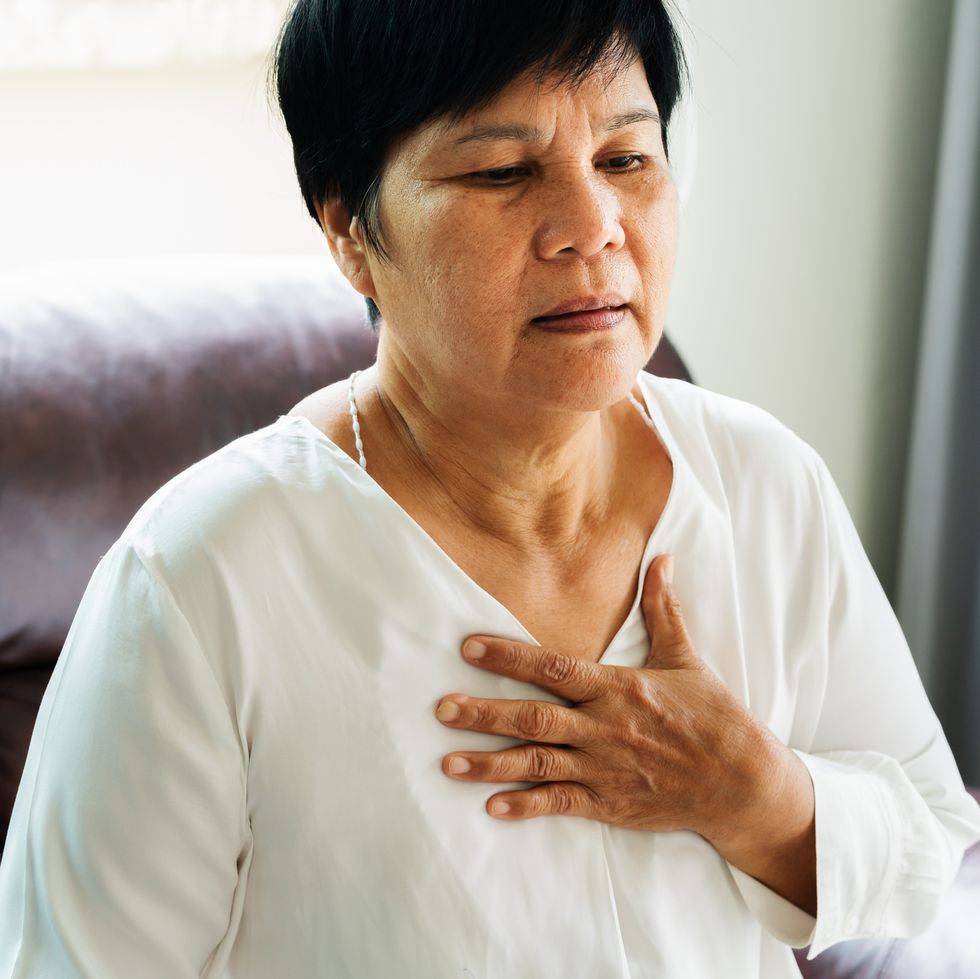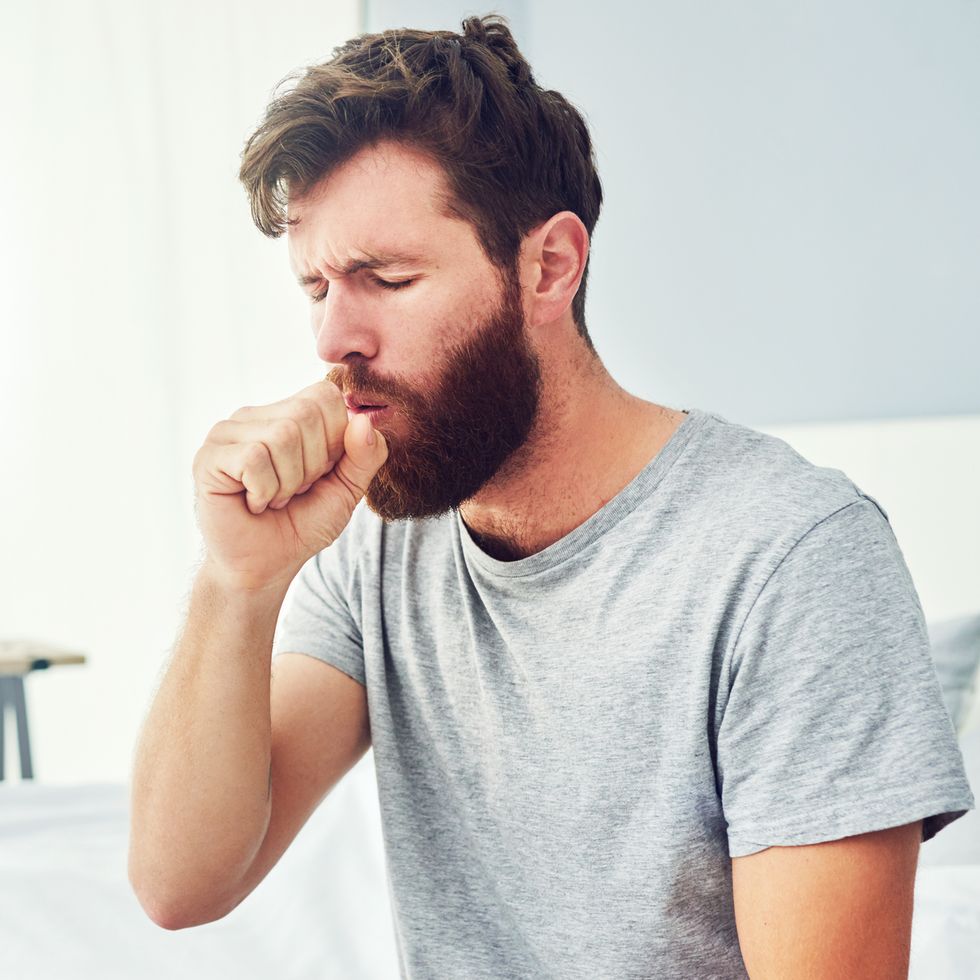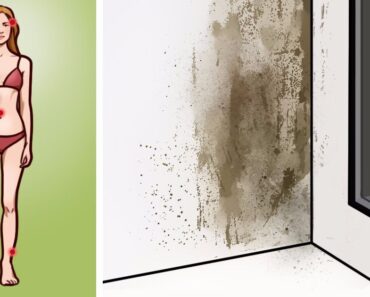
© REMEDY DAILY
Blood clotting is necessary to prevent excessive bleeding when a blood vessel is injured. Blood not clotting can lead to a range of medical issues due to excessive bleeding. However, a clot forming inside one of your veins or arteries can be a life-threatening situation. So what does a blood clot look like? It’s a gel-like mass held in place with netting.
Blood clots can occur in various parts of the body, including the arms, legs, abdomen, heart, lungs, brain, and kidneys. When blood clots form in blood vessels, the tissues and organs that they usually supply no longer get enough blood, or might not get any blood at all. Recognizing the signs of blood clots is crucial for timely intervention. Let’s walk you through six signs and symptoms of blood clots.
1. Swelling in One Limb

© GETTY IMAGES
Sudden and unexplained swelling, particularly in one arm or leg, could be a sign of deep vein thrombosis (DVT). Deep vein thrombosis is a medical condition in which there is a blood clot in vein, typically in the legs or pelvis. DVT occurs when the blood clot obstructs normal blood flow through the affected vein. It can be a deadly condition if not diagnosed and treated promptly.
2. Leg pain or tenderness

© GETTY IMAGES
One of the common blood clot symptoms is lingering leg discomfort accompanied by tenderness, warmth, and skin redness. These symptoms may point to deep vein thrombosis. The pain associated with deep vein thrombosis might feel like cramping or soreness. The affected area might also feel warmer than the surrounding skin, and there could be redness. If you experience persistent leg pain, tenderness, or swelling, especially if accompanied by other symptoms like warmth or redness, it’s advisable to seek medical attention for proper evaluation and diagnosis.
3. Red Streaks On Your Skin

© GETTY IMAGES
Another common blood clot symptom is reddish streaks just beneath the skin’s surface. The streaks point towards inflammation triggered by a possible underlying clot. The red streaks may be accompanied by symptoms like pain and difficulty moving the affected limb. If you notice persistent red streaks on your skin, it’s important to seek medical attention promptly. A healthcare professional will perform an examination to determine if there’s a blood clot in vein and address the condition before it evolves into a life-threatening condition.
4. Chest Pain With Deep Breathing

© GETTY IMAGES
Experiencing chest pain while taking deep breaths could hint at a blood clotting disorder known as pulmonary embolism. This is a potentially life-threatening medical condition that can obstruct blood flow to a portion of the lung, leading to various degrees of lung tissue damage and impaired oxygen exchange. Pulmonary embolism requires immediate medical attention. Blood clot removal in cases of pulmonary embolism typically involves anticoagulant medications to prevent further clotting, and in severe cases, interventions such as clot-dissolving medications or surgical removal of the clot may be necessary.
5. Shortness Of Breath

© GETTY IMAGES
Unexplained breathlessness, especially when coupled with chest discomfort or dizziness, could suggest a pulmonary clot. Shortness of breath due to a blood clot in the lungs may be sudden and severe. It is often accompanied by other symptoms such as chest pain, rapid heartbeat, coughing (sometimes with bloody or bloody-tinged sputum), and lightheadedness. If you experience sudden and unexplained shortness of breath, seek medical attention immediately, as a pulmonary embolism can be deadly if not treated promptly.
6. Unexplained Cough

© GETTY IMAGES
A persistent cough, particularly when combined with other symptoms, may point to a clot affecting lung function. If you experience an unexplained cough along with other symptoms like chest pain, shortness of breath, or rapid heart rate, it’s important to seek medical attention promptly to determine the underlying cause and receive appropriate care.
So there you have it. These are the six signs you may have a blood clot. If you’ve been wondering, ‘what does a blood clot look like’ we hope we’ve answered your question. Knowing the common blood clot symptoms is crucial for blood clots prevention. If you experience any of the symptoms we’ve highlighted above, it’s important to be aware of the potential connection to blood clots. Taking action and seeking medical attention can help address these symptoms early and minimize risks. Remember, staying informed and following a healthy lifestyle are key steps in blood clots prevention and ensuring your well-being.



